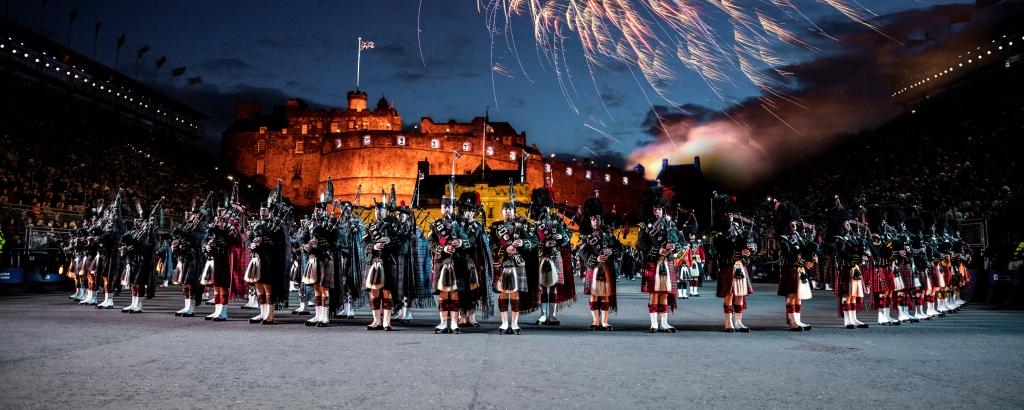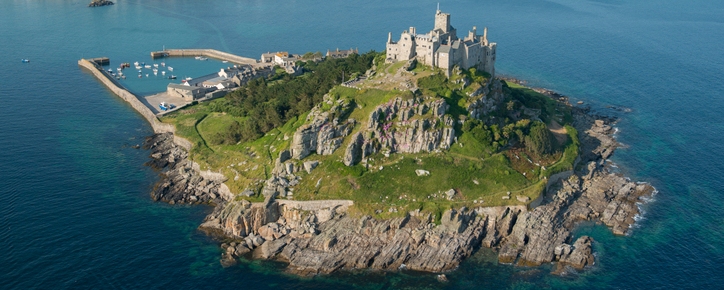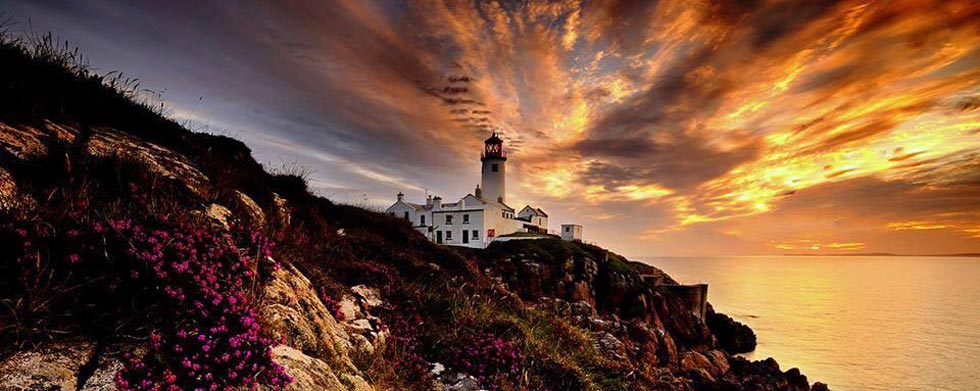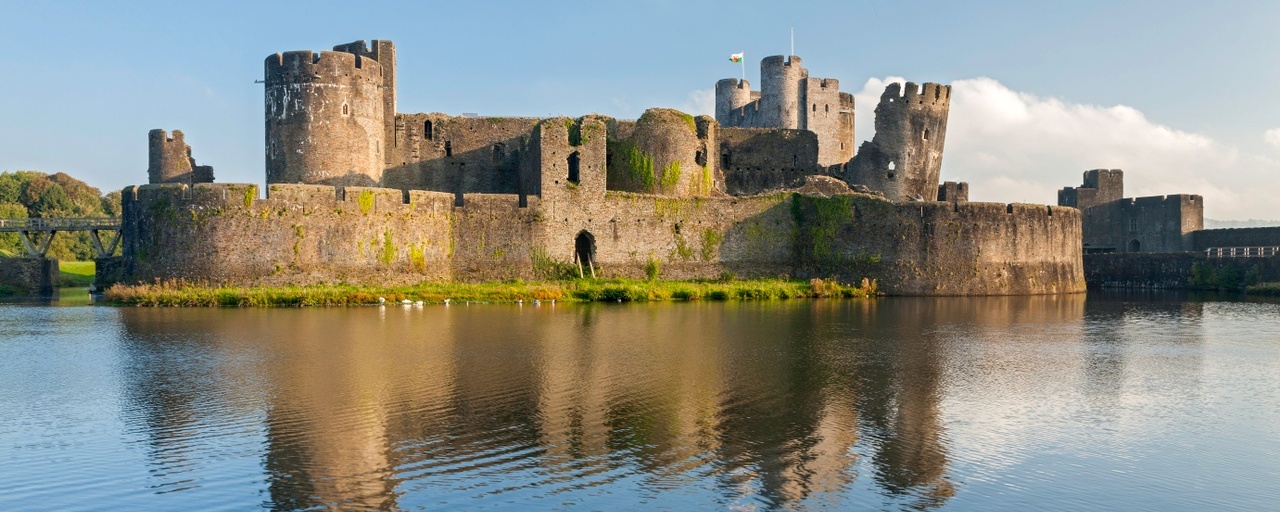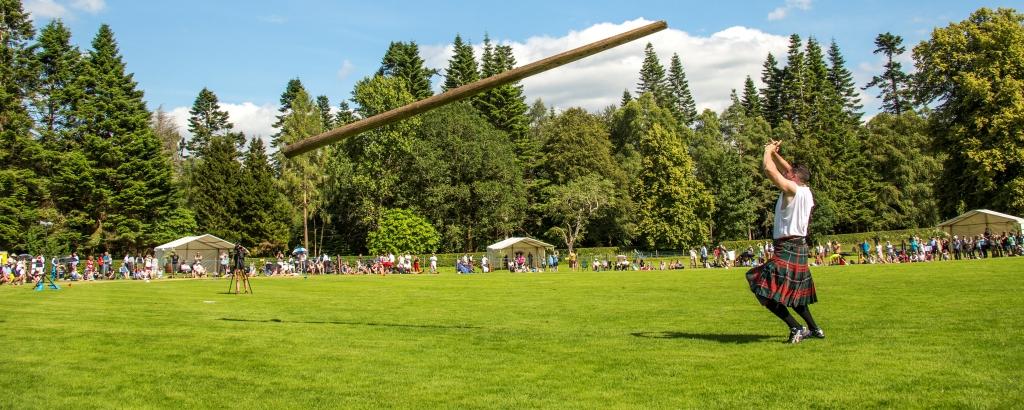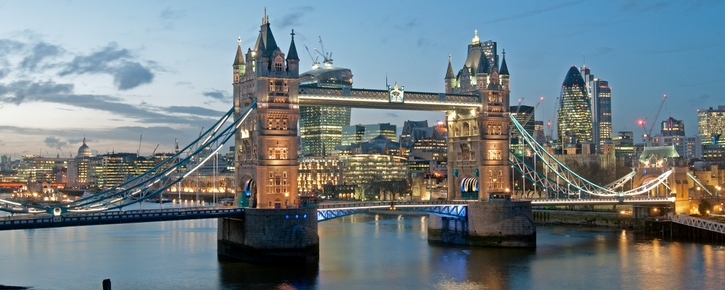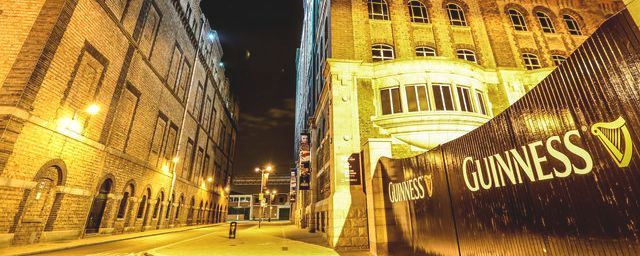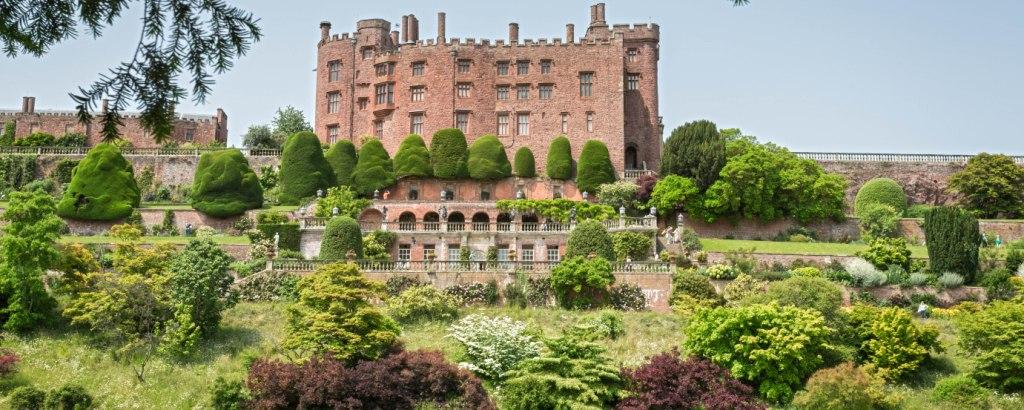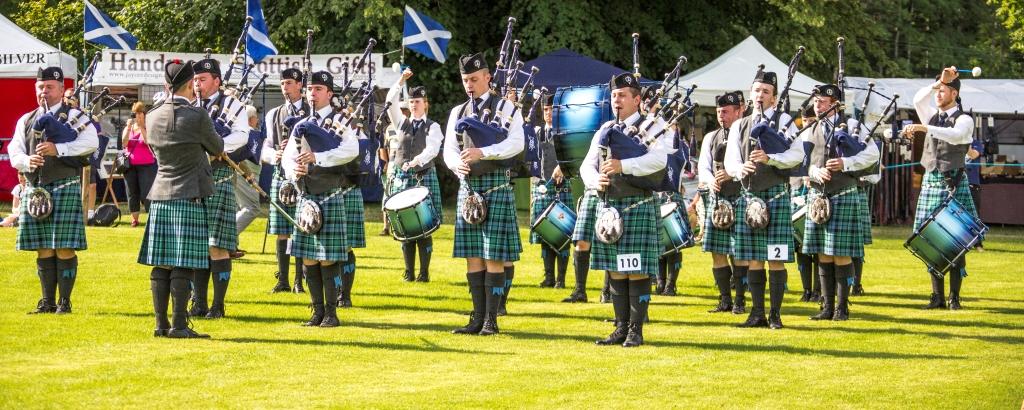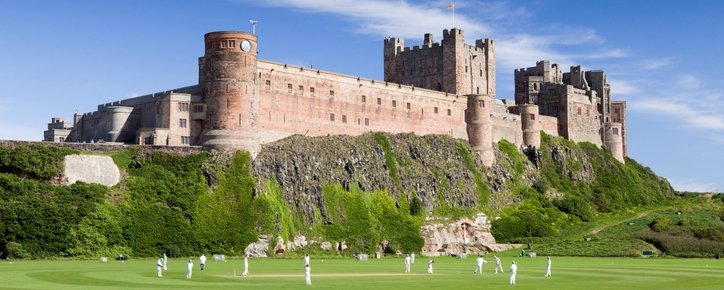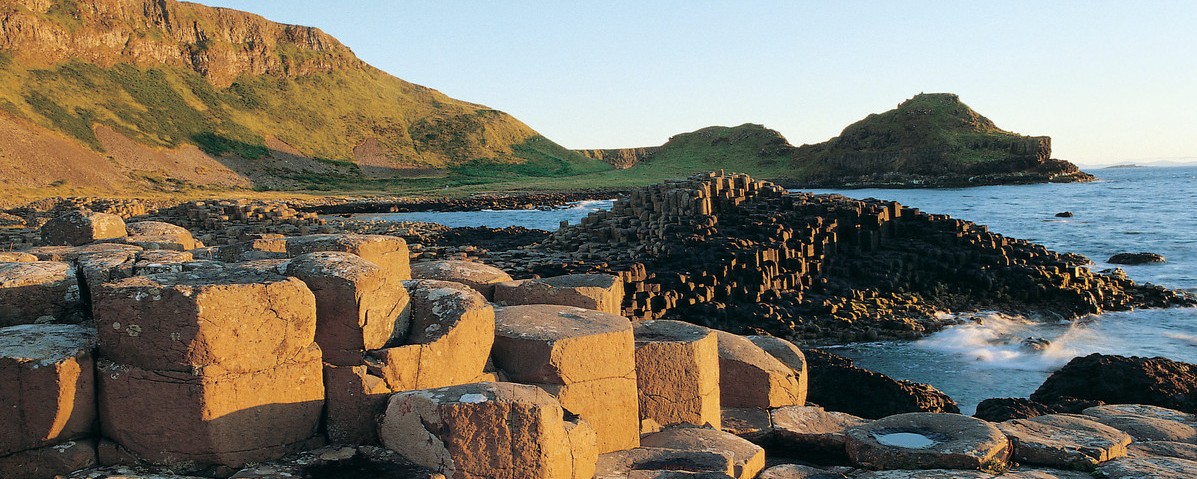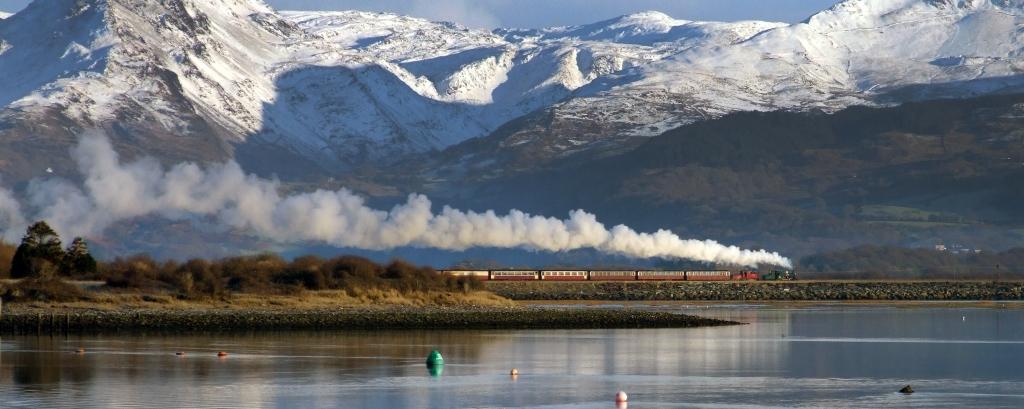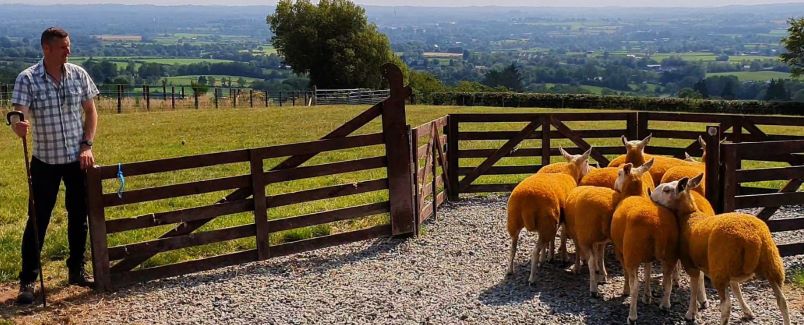Pilgrims follow in the footsteps of St Cuthbert
We were delighted to welcome a group of church members from California recently, who were making a pilgrimage along St Cuthbert’s Way from the Scottish Borders to Holy Island in Northumberland.
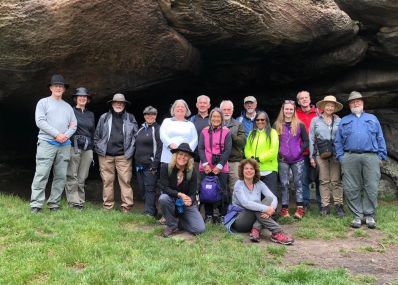 Our group at St Cuthbert’s Cave
Our group at St Cuthbert’s Cave
St Cuthbert’s Way is a 62 mile trail between Melrose in the Scottish Borders and Lindisfarne, or Holy Island, off the coast of Northumberland in North East England. Cuthbert was a 7th century saint who grew up in the Scottish Borders and became prior and then bishop of Lindisfarne, where he was eventually buried. After his death, Cuthbert became one of the most important medieval saints of Northern England.
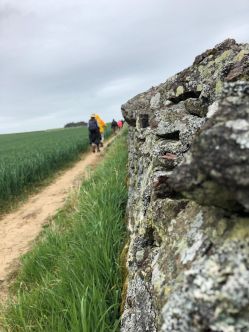
Understanding the legacy of faith is a vital part of being a Christian in the 21st century and the pilgrimage that Janet Redler Travel & Tourism organised provided our group with the chance to discover the ancient roots of Christianity in the awe-inspirng landscapes of the Scottish Borders and Northern England.
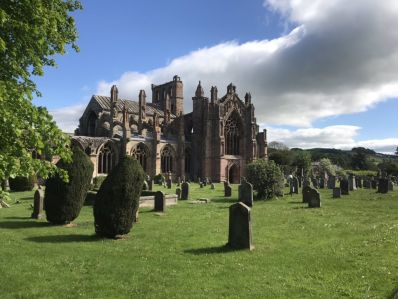 Melrose Abbey
Melrose Abbey
Melrose Abbey, where Cuthbert became prior in 662AD, was the starting point for the pilgrimage and it was a beautiful morning as the group set off on their seven day walking tour along St Cuthbert’s Way. The Abbey, in the small town of Melrose in the Scottish Borders, is probably the most famous ruin in Scotland and, as seen today, dates back to the 12th century. Cuthbert, who grew up nearby, would have known an earlier monastery nearby.
 The view from the Eildon Hills
The view from the Eildon Hills
From Melrose, an invigorating climb took the group to the iconic Eildon Hills, whose three peaks are one of the best loved landmarks in the Scottish Borders.
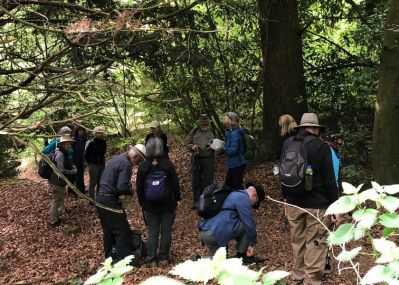
In fact, when we think of the Scottish Borders, we tend to think of big spaces: heather-clad rolling hills, hundreds of square miles of forest and woodland, and numerous lochs and rivers. The area is criss-crossed by a multitude of paths and fantastic long distance routes, such as St Cuthbert’s Way, making it the perfect place for walking.
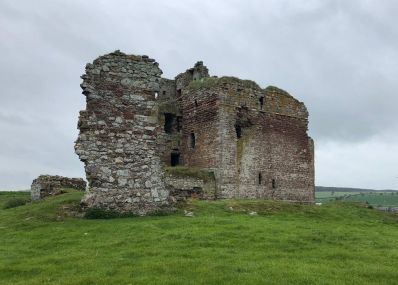 Cessford Castle
Cessford Castle
On the route our group passed Cessford Castle, one of the most important historic and architectural monuments in the Scottish Borders. Built in around 1450, this heavily fortified tower house was strategically important during the centuries of clan feuding and battles between the Scots and the English.
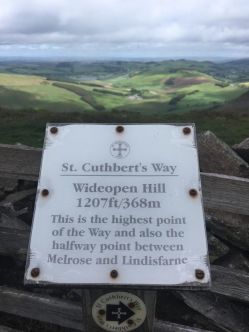
Wideopen Hill is the highest point on the Way and the halfway point between Melrose and Lindisfarne – an achievement celebrated by our walkers! From here, the path joins the final stretch of the Pennine Way, and soon meets the border with England. Following the foothills of the Cheviots, the path drops down towards Yeavering Bell, Northumberland’s largest Iron Age fort.
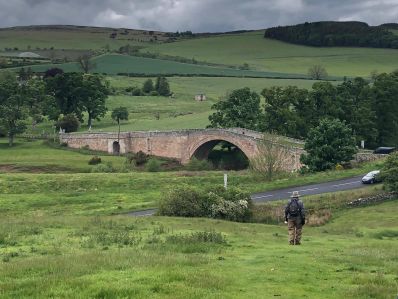 Weetwood Bridge
Weetwood Bridge
St Cuthbert’s Way then crosses the River Till via the 16th century Weetwood Bridge and passes the tracks that lead up to St. Cuthbert’s Cave, where monks took St. Cuthbert’s body in 875AD, when they fled from Viking raids on Lindisfarne. Above the cave, on the rocky ridge of the Kyloe Hills, the group got their first views of Holy Island, with Bamburgh Castle to the south.
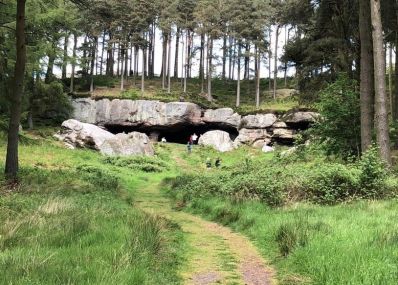 St Cuthbert’s Cave
St Cuthbert’s Cave
From here the route leads down to the coast along historic paths and tracks. Access to the island of Lindisfarne is by causeway at low tide, where visitors can take the Causeway Road or follow the posts of the historic Pilgrims Path. Either way, timing your crossing carefully is vital if you don’t want to get caught out by the tides!
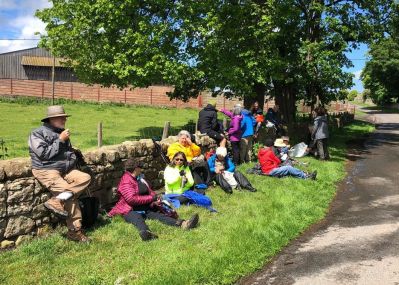 Our Californians enjoying a rest in the sun on their pilgrimage
Our Californians enjoying a rest in the sun on their pilgrimage
The Holy Island of Lindisfarne is one of the most spiritual places in the UK, nestling as it does off the windswept coast of Northumberland in the wild North Sea, with its priory ruins and atmospheric castle. Settled by monks in the 7th century, Lindisfarne became one of the most important centres for Celtic Christianity. It was here, during the early 8th century, that the famous illuminated manuscript, the Lindisfarne Gospels, was made.
Lindisfarne Castle
Our group was delighted with the walking tour and thanked our two amazing guides, who successfully co-ordinated walking distances for all to enjoy, and indeed the rest of our team for creating such a rewarding and memorable pilgrimage.
On the last morning of the pilgrimage, two of the group read out the following poem thay had written:
Cuthbert Way 2019 by Mark Bollwinkel and Dick Mackey
Oer the Aileen Hills
South through the cheviots
Our baggage left behind
We trog from Toadswallow to cowbog
with tummies full of haggis,
Scones, marmalade, morning tea,
None of us are bragging.
Hills full of heather and gorse
Our muscles tired and sore,
We traverse through our course,
Nature’s wonders never bore.
The privilege of such a journey?
Our habits we shed day to day
Only to don another in the chill of dawn.
Many thanks to Dirk and Carol for organizing this journey
Without them we’d be spiritually lost
Like an iPhone in a sheep’s paddy.
With Dirk’s gentle wisdom new paths he has paved
Now we know much more about Cuthbert than he hid out in a cave.
Carol’s insights and photography are absolutely super
Let’s just hope she hasn’t taken any shots of us doing a forest pooper!
Here’s to our intrepid guides, the Redler brothers James and Neil
Our admiration and affection for these two shall never be repealed.
They have protected our safety, insured our success
With patience and kindness they have relieved all distress.
We will miss you two dearly, on that you can depend
God bless you, your families and this nation you defend.
This Walk has been a pilgrimage for each in their own ways
We’ve discovered beauty, history and truth about ourselves in these days.
We can overcome blisters
We can difficult trails travast
Tthe Spirit is alive in creation
We even tried hag-gass (haggis).
Thanks to all who joined the journey
You’ve added intelligence and humor
To a community of fellow travelers
Sharing in this joyous stupor.
If you or your group would like to make a pilgrimage along the religious routes of the UK or Ireland, or if you would like us to organise a tailor-made walking tour for you, please do contact our friendly team.
